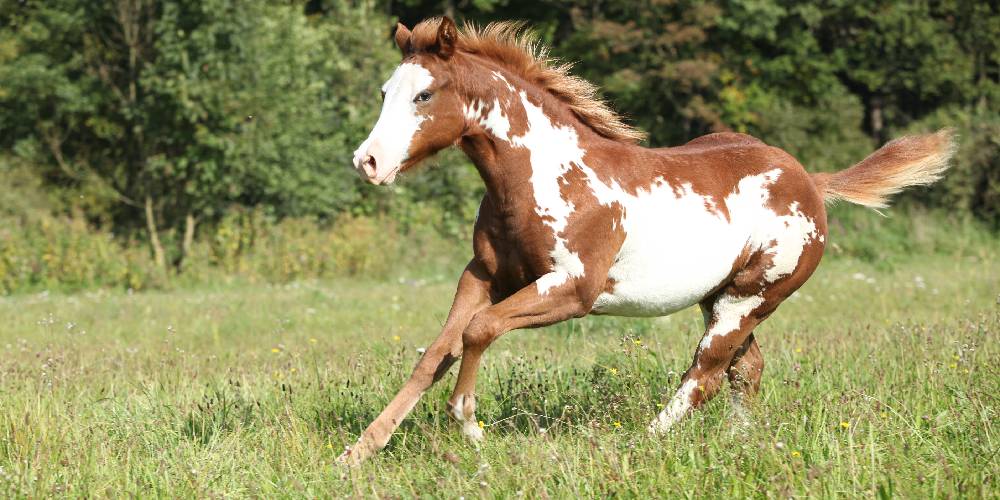There are many different markings seen in the horse world on all different breeds of horses. Some leg markings are tiny and just go above the hoof while others extend all the way up the top of horses leg. All of these markings have special names and special locations on the leg. This is all about the 8 most common leg markings seen in horses.
In this guide, I will cover:
- What are the 8 most common leg markings?
- What is a white heel?
- What is a coronet?
- What is a half pastern?
- What is a full pastern?
- What is a fetlock marking?
- What is a half sock?
- What is a full sock?
- What is a stocking?
The 8 Most Common Leg Markings:
You may be wondering what all these leg markings are and what they are called. These are the names of all 8 of the leg markings that horses can have:
White heel, coronet, half pastern, full pastern, fetlock marking, half sock, full sock, and stocking. Each of these markings are a different size and extend to different parts of the horse’s legs.
What is a White Heel Marking?
A white heel marking is probably the second smallest if not the smallest leg marking you can see on a horse. This marking lands on the back of a horse’s lower leg.
The white heel marking is not allowed to touch the fetlock and must stay just on the horse’s heel and the lower back of the pastern.
What is a Coronet Marking?
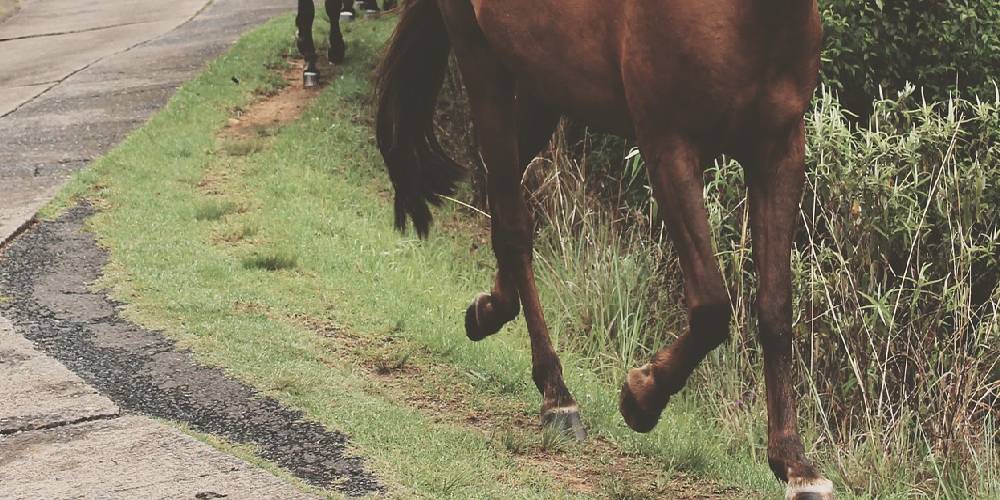
A coronet marking is the next smallest marking seen on a horse’s leg. This marking is seen just above the top of the hoof around the coronary band.
Coronets must not extend to the pastern. If they do, they are considered a half pastern marking rather than a coronet marking.
Coronet markings are generally between 1 millimeter and 1.5 inches in length. These tiny markings are not very common in the horse world so seeing one on a horse is not the most common sight.
What is a Half Pastern Marking?
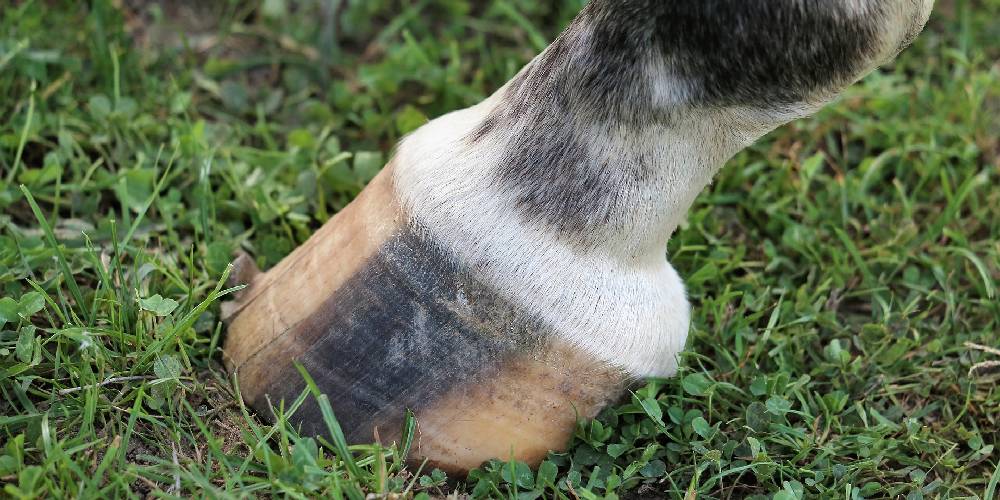
A half pastern marking is another one of the smaller markings on the horse’s legs. The pastern of the horse’s lower leg is the part between the hoof and the fetlock joint.
The half pastern marking falls just between the hoof and the fetlock. This marking must be covering the lower leg in white up to at least the bottom of the pastern bone. The white is not allowed to touch the upper half of the pastern or else it would be considered a full pastern marking.
What is a Full Pastern Marking?
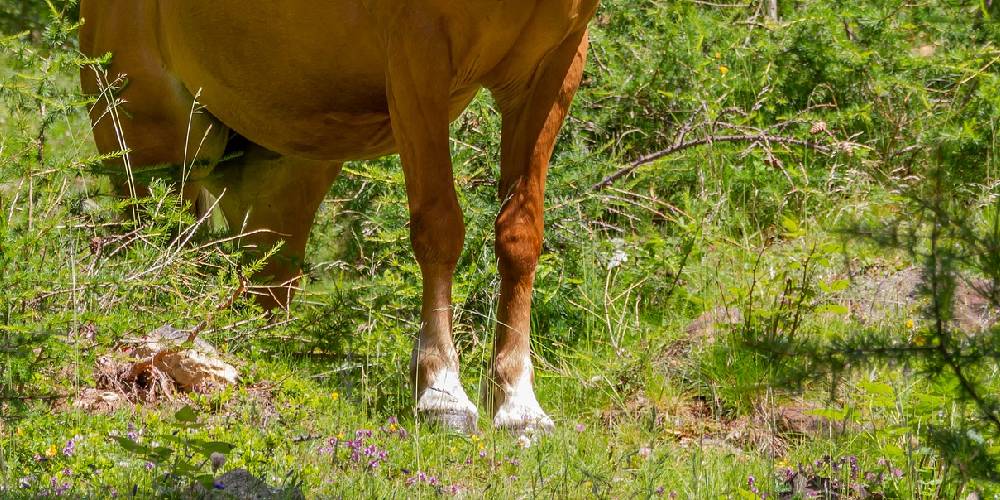
A full pastern marking is a marking of the lower leg that extends all the way up the pastern, but is still below the fetlock joint.
These markings must stretch to the top half of the pastern or else they may be considered a half pastern marking.
What is a Fetlock Marking?
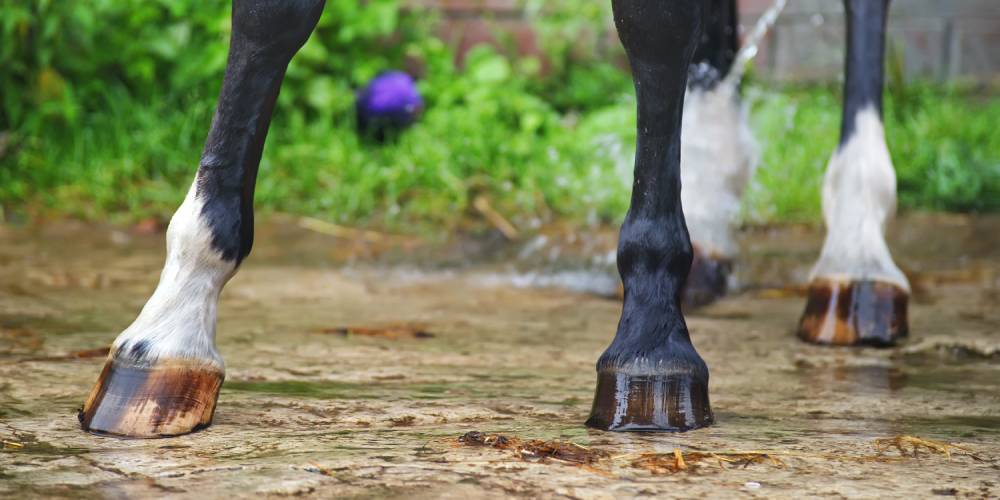
A fetlock marking is a marking that covers the fetlock joint and anything below it in white hair. Some people like to call these markings socks because they cover much of the lower leg of the horse.
Fetlock markings must cover the fetlock joint and below it in white hair but they can not extend up the cannon bone. Just the bottom most inch of the cannon bone can be white. Any additional white would make this marking too large to be considered a fetlock marking.
What is a Half Sock Marking?
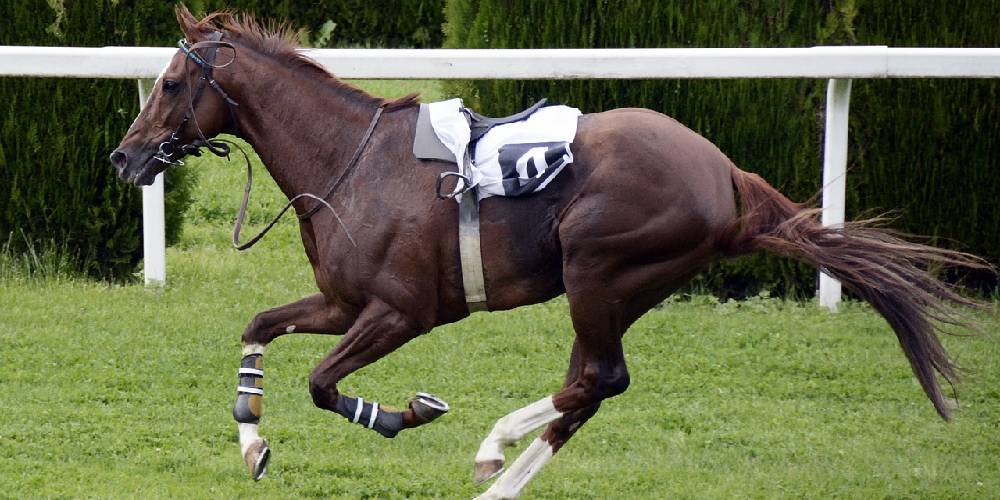
A half sock marking is a marking that lands at the middle of the cannon bone. This leg marking is quite possibly the most common leg marking seen in horses and it also is one of the most easily recognized.
The half sock marking is actually one of my favorite markings. I like these markings because they add the perfect splash of white to complement any coat color.
What is a Full Sock Marking?
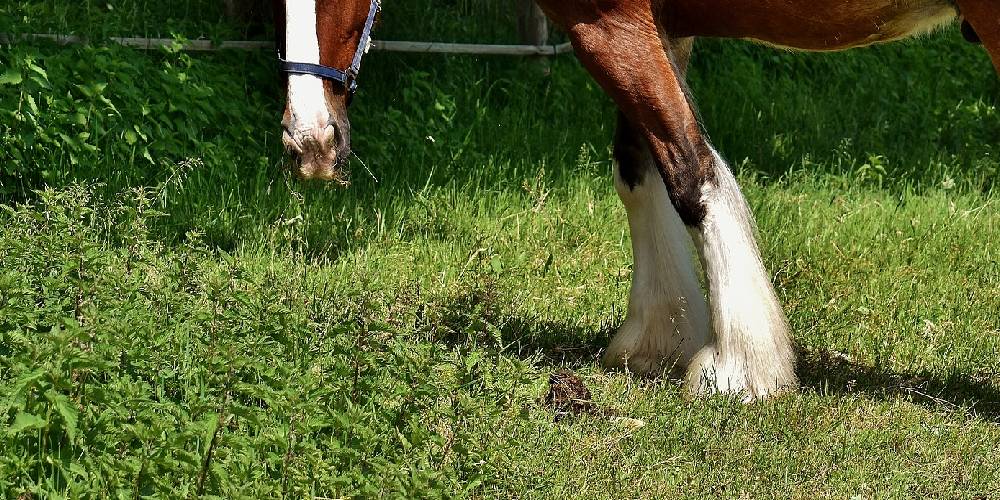
Full sock markings stretch all down the lower leg and they go as high as just below the hock or the knee. Full sock markings are sometimes mistaken for the stocking leg marking because of how long they are.
What is a Stocking Marking?
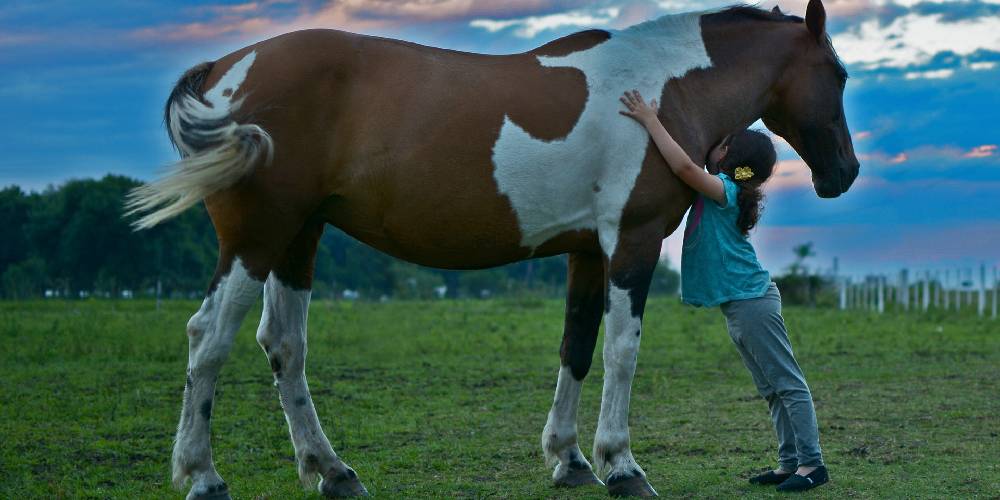
Stocking markings are leg markings that stretch up past the knee and fall all the way down the horse’s leg. These are really cool markings to see in horses as they are so striking and are really uncommon.

